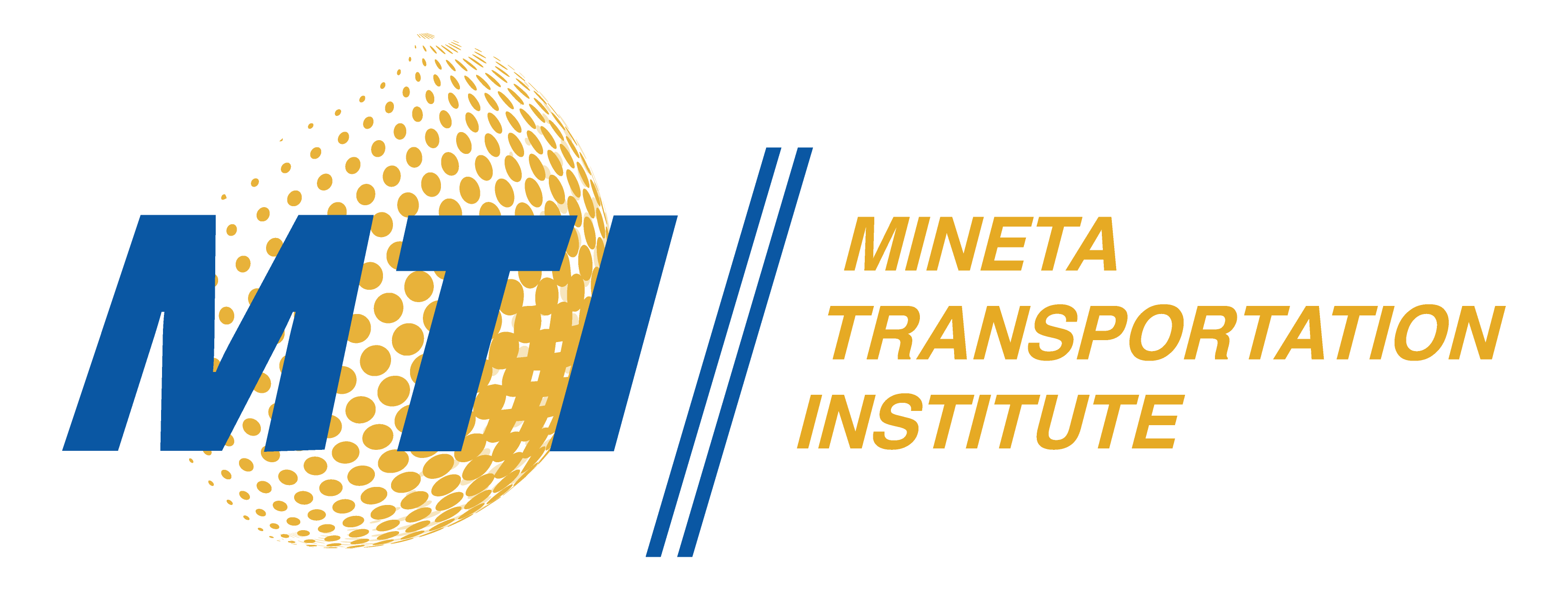Description
Transit organizations, both public and private, are under great internal and external pressures today to improve their organizational effectiveness. Studies have shown that the collective bargaining relationship between union and management, particularly the collective bargaining agreement, has a direct, measurable effect on organizational effectiveness. Both transit management and transit unions have begun to recognize that it is in their mutual interest to improve organizational effectiveness by turning toward a more cooperative collective bargaining relationship. In particular, they have experimented with a negotiating style called “interest-based bargaining” and with a problem solving approach through joint labor-management committees. There is a great deal of misinformation on both subjects, and it is the purpose of this paper to dispel the myths about interest-based bargaining and give examples of when en this approach has worked. A historical background has been provided about5 transit unions as well as transit strikes, and what should have been learned from those mistakes.
Publication Date
9-1-2001
Publication Type
Report
Topic
Transit and Passenger Rail, Workforce and Labor
MTI Project
9906
Mineta Transportation Institute URL
https://transweb.sjsu.edu/research/Transit-Labor-Relations-Guide
Keywords
Transit, Union, Labor, Management, Negotiation
Disciplines
Transportation
Recommended Citation
Herbert H. Oestreich. "Transit Labor Relations Guide, MTI Report 01-02" Mineta Transportation Institute (2001).

